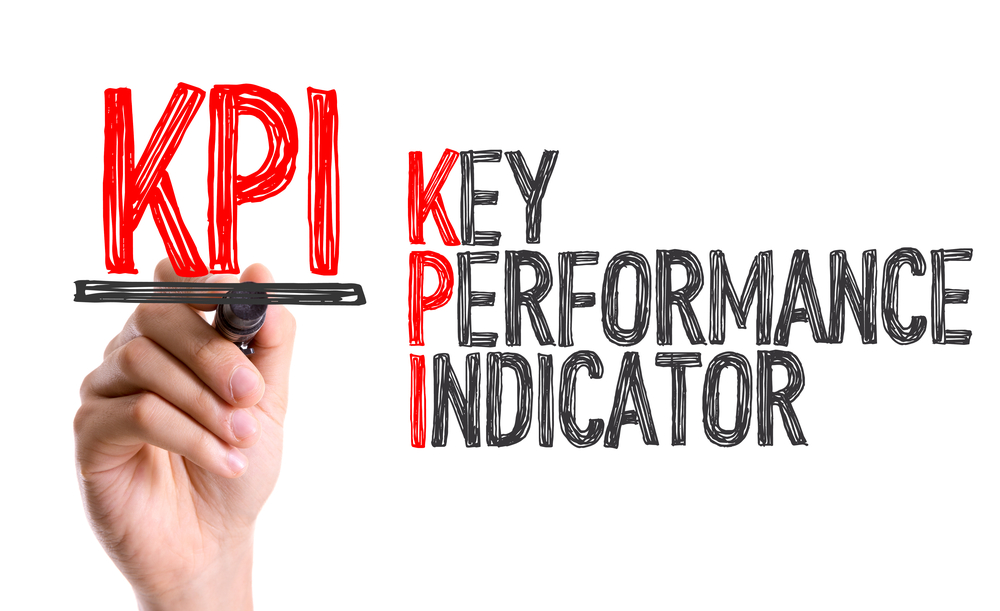A Beginner's Guide to Process Optimization
Process optimization plays a crucial role in enhancing efficiency, productivity, and overall performance in various domains. Whether you're an...

In the journey towards organizational excellence, Key Performance Indicators (KPIs) serve as the compass that guides businesses toward their goals. KPIs are vital metrics that help measure progress, monitor performance, and drive strategic decision-making.
However, the true power of KPIs is unlocked when they are thoughtfully aligned with an organization's objectives. In this blog post, we will delve into the crucial process of KPI alignment and explore how it can lead to improved performance and successful outcomes.
KPI alignment involves the process of connecting an organization's strategic objectives with specific, measurable metrics that reflect progress toward those objectives. This alignment ensures that every facet of the organization, from individual departments to overarching strategies, is focused on the same goals and working together cohesively.
KPI alignment is a dynamic process that empowers organizations to stay on course and achieve their strategic objectives. By connecting objectives with relevant metrics, engaging stakeholders, and fostering a culture of continuous improvement, organizations can enhance performance, drive growth, and reach new heights of success.
As businesses navigate the complexities of their industries, the process of KPI alignment serves as a compass that keeps them headed in the right direction. If you need help finding the right direction, KnowledgePath is here to guide you on your journey to measuring success and moving your organization forward.

Process optimization plays a crucial role in enhancing efficiency, productivity, and overall performance in various domains. Whether you're an...
.png)
Startups need to leverage every tool at their disposal to optimize operations and boost productivity. One such tool is an Enterprise Resource...
-1.png)
Embarking on an ERP implementation journey can feel daunting, but a well-structured ERP implementation checklist makes all the difference. This...